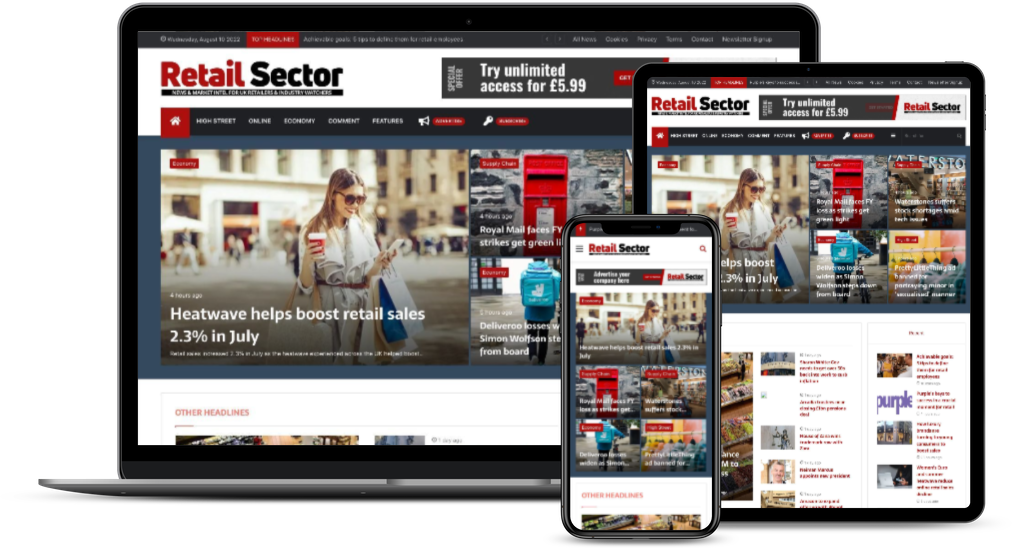
The pandemic changed the world and it changed online retail. In addition to spiking sales, it reshaped the e-commerce customer journey and focused it on delivery.

Join 15,000 retail professionals with a membership
Get unlimited access and stay in the know. First-year special offer pricing. Cancel any time.
You have read 2/2 free articles this month.

How many members should have access to the subscription?
Monthly
Yearly
Save £9.89
No, thanks
I already have an account

The pandemic changed the world and it changed online retail. In addition to spiking sales, it reshaped the e-commerce customer journey and focused it on delivery.